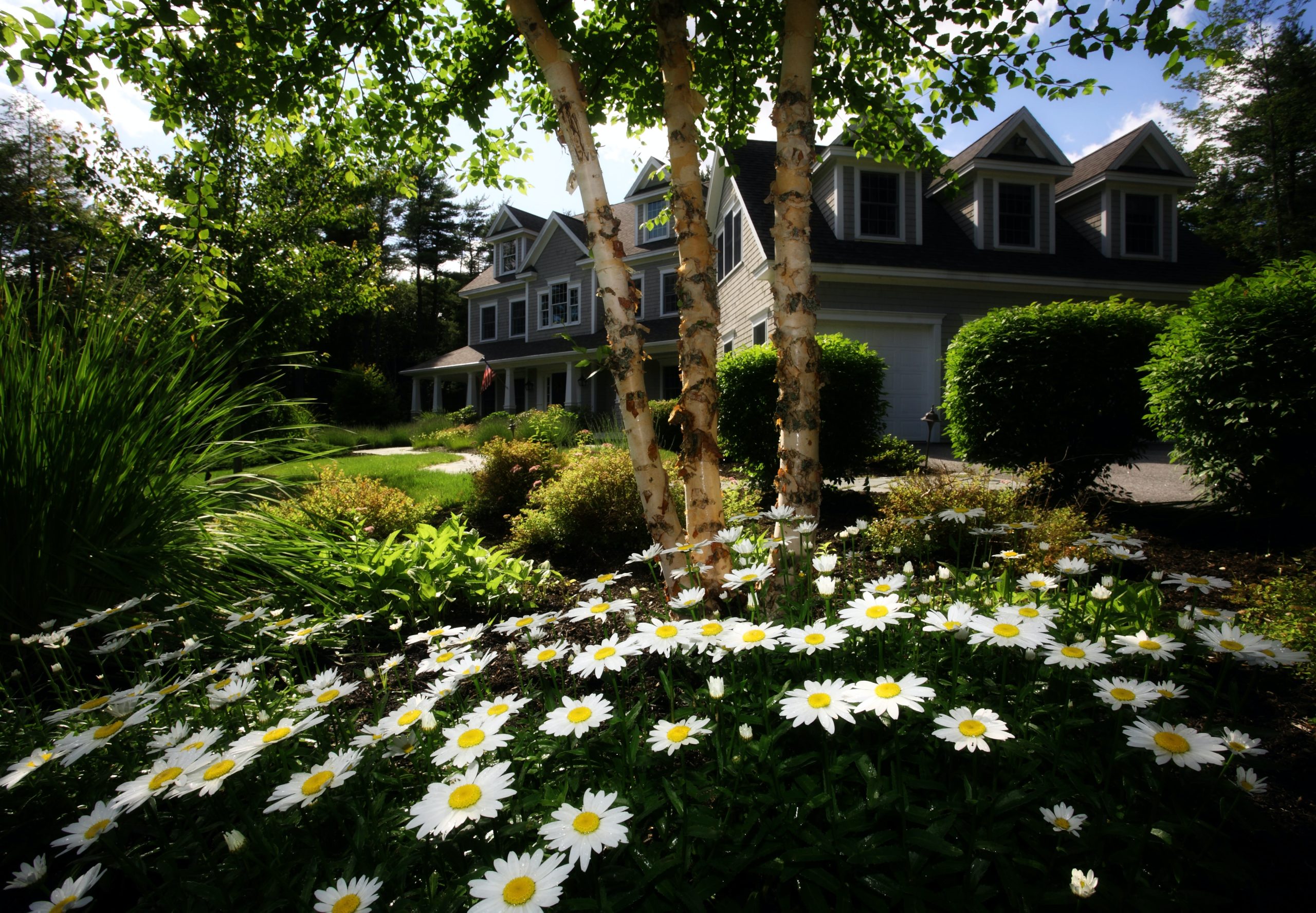Minimalist living is gaining traction worldwide as people increasingly seek simpler, more sustainable lifestyles. Central to this movement are tiny homes and sustainable real estate practices. These approaches emphasize efficiency, minimalism, and environmental consciousness. This article delves into the principles of minimalist living, explores the benefits and challenges of tiny homes, and examines sustainable real estate trends.
The Principles of Minimalist Living

Minimalist living centers on the idea of simplicity and intentionality. It involves reducing physical and mental clutter to focus on what truly matters. Key principles include:
- Decluttering: Removing unnecessary items to create a more organized and peaceful living environment.
- Quality over Quantity: Investing in fewer, but higher quality, possessions.
- Mindful Consumption: Making conscious choices about what to bring into one’s life.
- Sustainability: Prioritizing eco-friendly and sustainable practices.
Minimalism isn’t just about living with less; it’s about living with intention and purpose, leading to increased satisfaction and reduced stress.
Tiny Homes: A Practical Expression of Minimalism
Definition and Features
Tiny homes typically range from 100 to 400 square feet, offering a compact yet functional living space. Key features include:
- Efficient Design: Every square inch is utilized, often with multi-functional furniture.
- Mobility: Many tiny homes are built on wheels, providing flexibility to move locations.
- Sustainability: Use of eco-friendly materials and energy-efficient systems.
Benefits of Tiny Homes
Affordability
Tiny homes are significantly cheaper to build and maintain compared to traditional homes. This affordability makes homeownership accessible to more people.
Reduced Environmental Impact
Tiny homes consume fewer resources and generate less waste. Their small footprint and sustainable building materials contribute to a lower carbon footprint.
Simplified Living
Living in a tiny home encourages minimalism. The limited space necessitates prioritizing essential items, leading to a decluttered and organized lifestyle.
Challenges of Tiny Homes
Space Limitations
The most apparent challenge is the limited space. It requires creative solutions for storage and living arrangements.
Zoning Regulations
Many areas have zoning laws that restrict where tiny homes can be placed. Navigating these regulations can be a significant hurdle.
Social Acceptance
Tiny home living is still unconventional. Overcoming societal norms and expectations can be challenging for those who choose this lifestyle.
Sustainable Real Estate Trends
Green Building Practices
Sustainable real estate focuses on eco-friendly building practices. This includes using renewable energy sources, sustainable materials, and energy-efficient systems.
Energy Efficiency
Modern sustainable homes prioritize energy efficiency. This includes features like solar panels, high-efficiency heating and cooling systems, and energy-efficient appliances.
Water Conservation
Water-saving fixtures, rainwater harvesting systems, and greywater recycling are common in sustainable real estate. These measures reduce water usage and promote conservation.
Sustainable Communities
Developments designed with sustainability in mind often include green spaces, community gardens, and shared amenities. These communities foster a sense of connection and reduce environmental impact.
Comparative Analysis: Tiny Homes vs. Traditional Homes
Financial Considerations
| Aspect | Tiny Homes | Traditional Homes |
|---|---|---|
| Initial Cost | Significantly lower | Higher initial investment |
| Maintenance Costs | Lower | Higher |
| Utility Bills | Lower | Higher |
| Mortgage/Loan | Often unnecessary or smaller | Typically required and larger |
Environmental Impact
| Aspect | Tiny Homes | Traditional Homes |
|---|---|---|
| Resource Consumption | Lower | Higher |
| Energy Usage | Lower | Higher |
| Waste Generation | Minimal | Significant |
| Carbon Footprint | Smaller | Larger |
Lifestyle Considerations
| Aspect | Tiny Homes | Traditional Homes |
|---|---|---|
| Living Space | Limited | Spacious |
| Flexibility | High (mobility) | Low |
| Lifestyle Fit | Best for minimalists | Versatile for various lifestyles |
| Social Acceptance | Less conventional | Widely accepted |
The Future of Minimalist Living and Sustainable Real Estate
The future of minimalist living and sustainable real estate looks promising. As awareness of environmental issues grows, more people are likely to embrace these concepts. Innovations in building technologies and materials will further enhance the feasibility and appeal of tiny homes and sustainable real estate.
Technological Innovations
Advancements in renewable energy, smart home technologies, and sustainable materials will play a critical role. For instance, solar power systems and energy-efficient appliances can further reduce the ecological footprint of homes.
Policy and Regulation Changes
Governments and local authorities are gradually recognizing the benefits of tiny homes and sustainable living. Changes in zoning laws and building codes to accommodate these alternatives are expected to increase.
Community and Cultural Shifts
As minimalist living gains popularity, societal norms are likely to shift. Community designs that prioritize sustainability and shared resources will become more common.
Conclusion
The zen of minimalist living, embodied by tiny homes and sustainable real estate, offers a path towards a simpler, more intentional, and eco-friendly lifestyle. While challenges exist, the benefits of affordability, reduced environmental impact, and a decluttered life make these options increasingly attractive. Embracing minimalist living and sustainable real estate practices is not just a trend; it’s a movement towards a more sustainable and fulfilling way of life.











